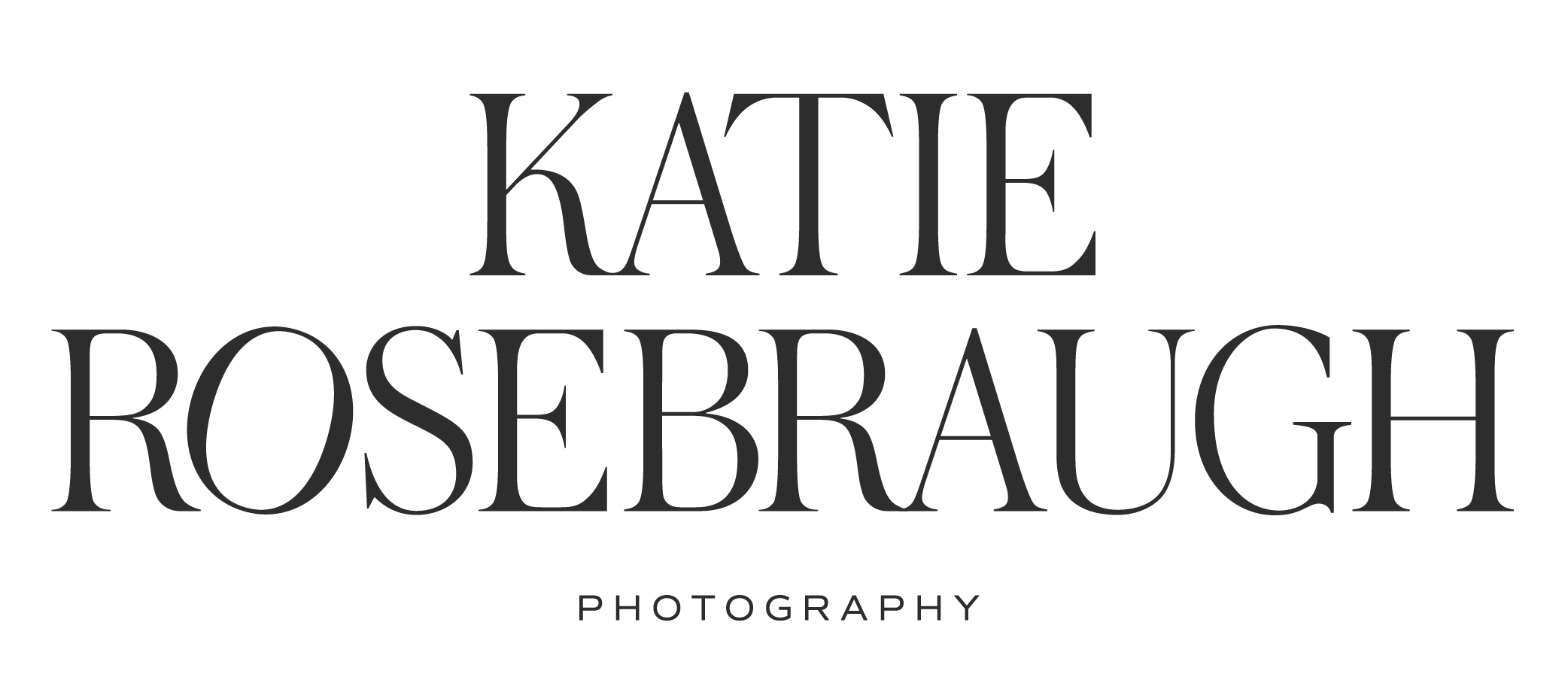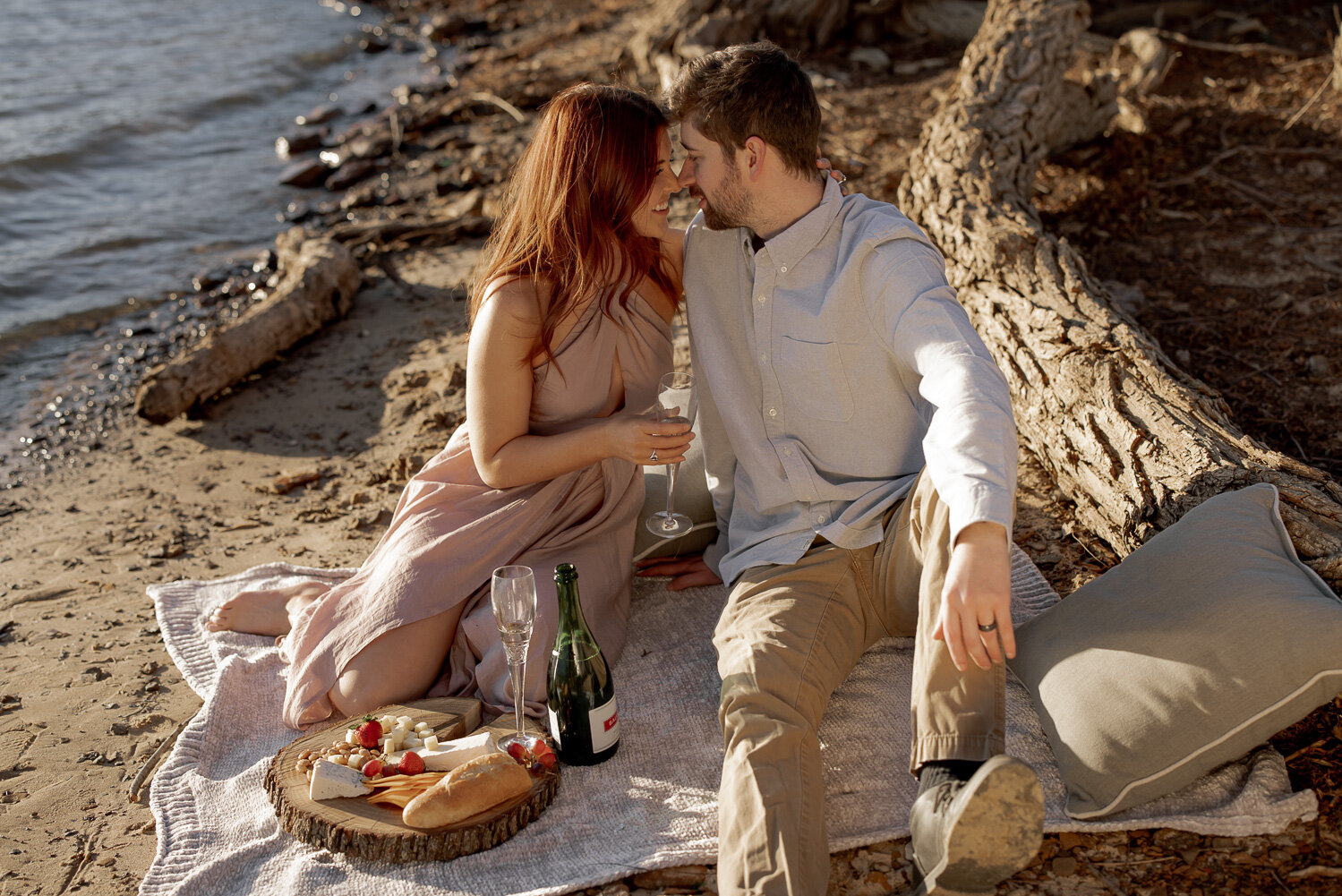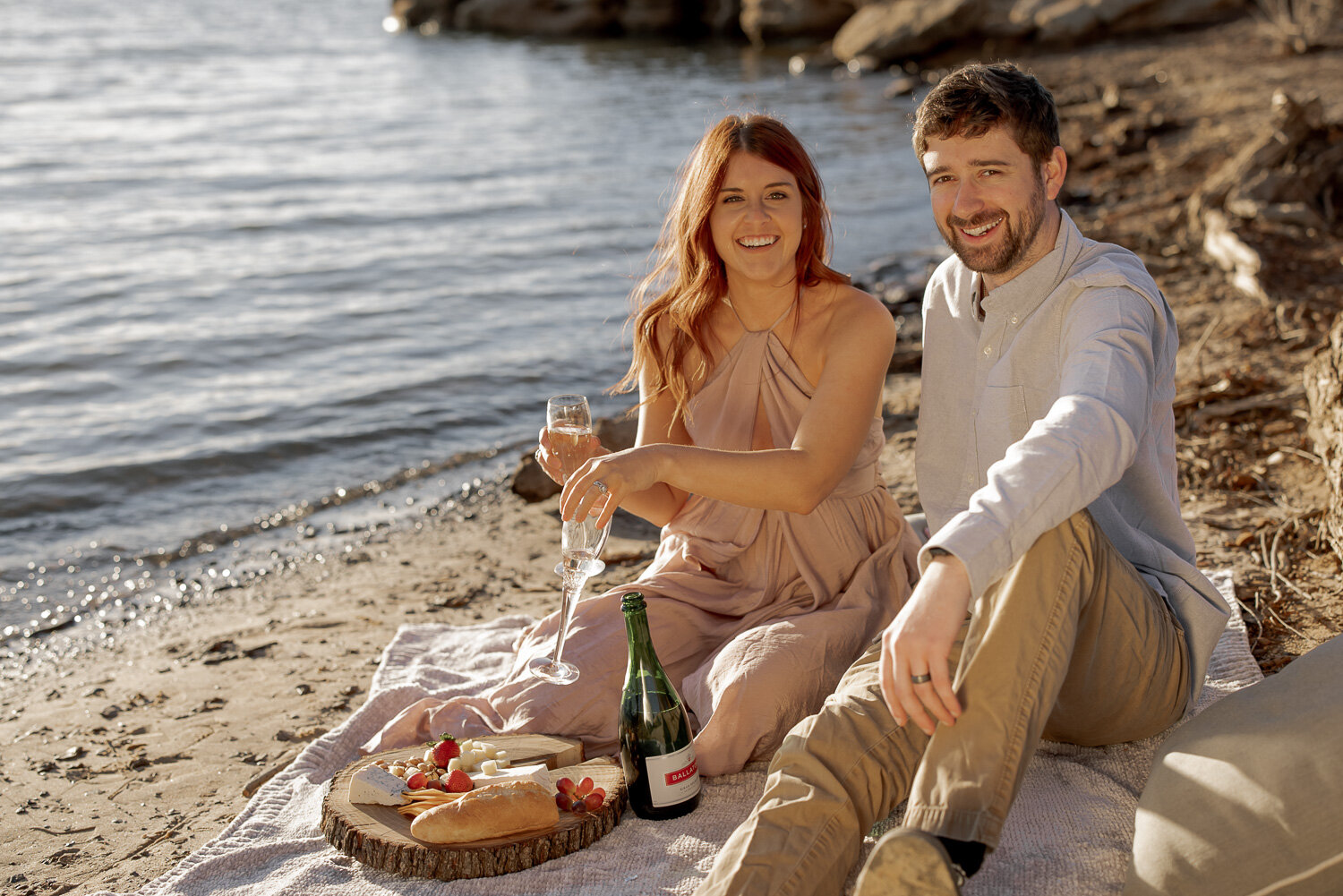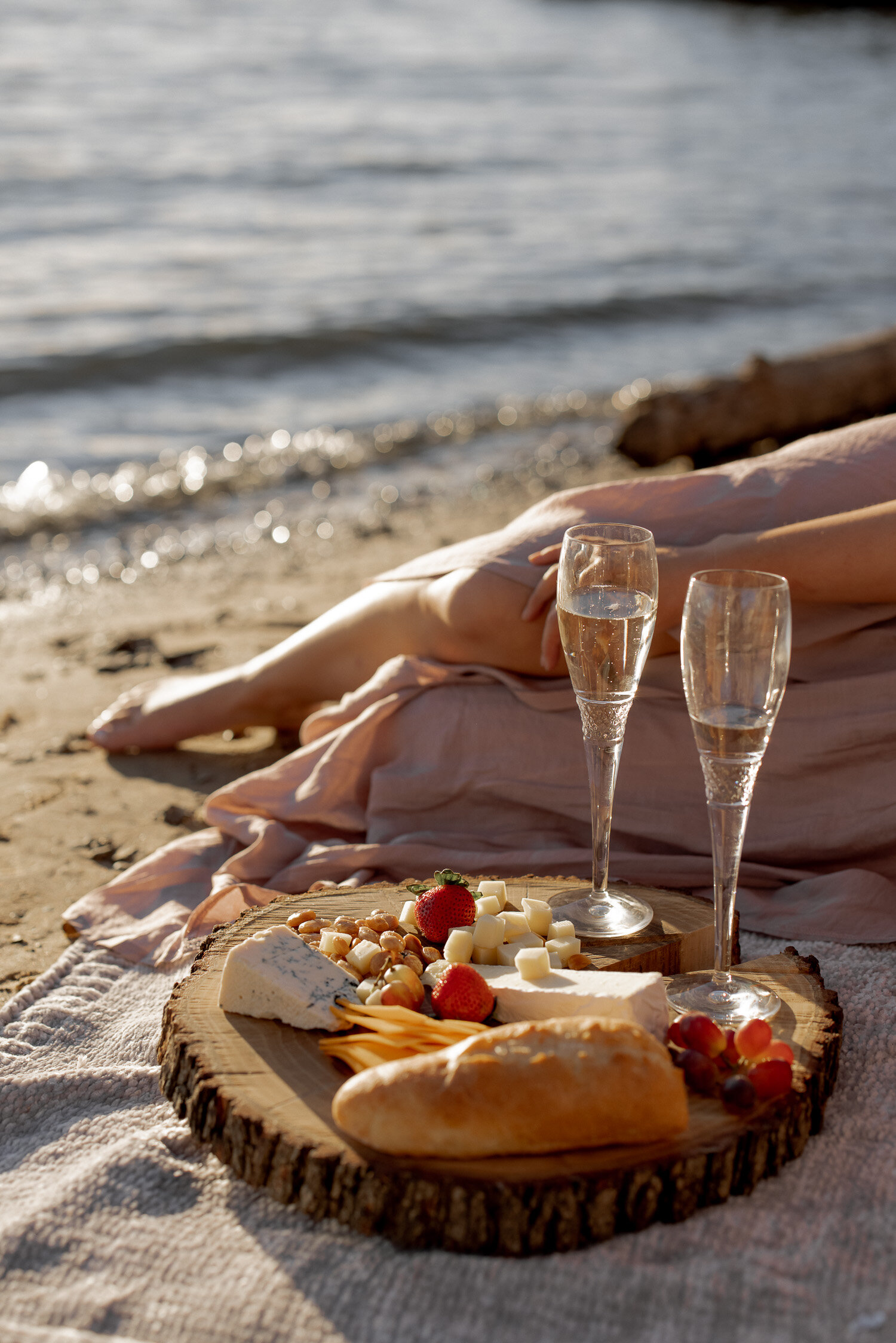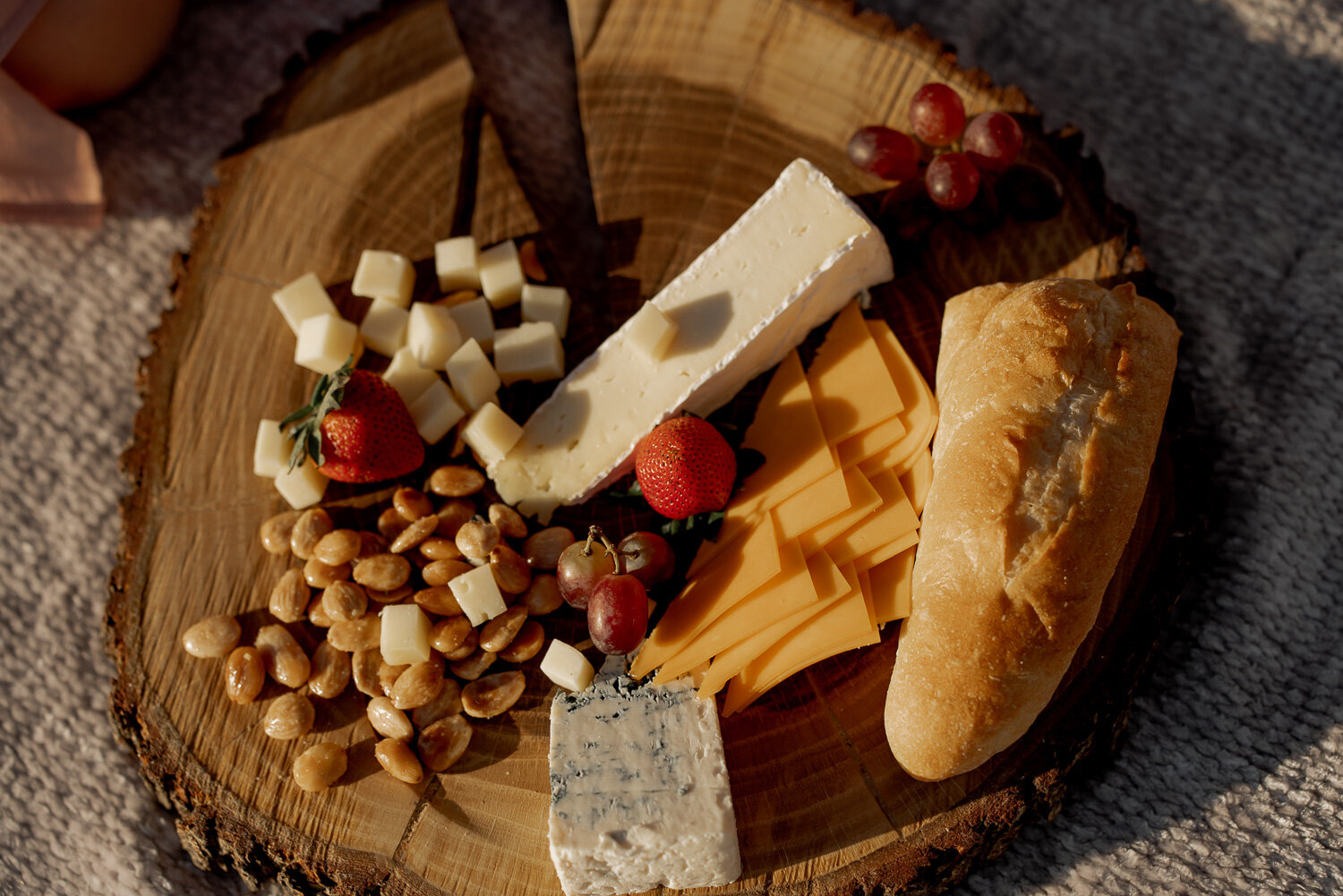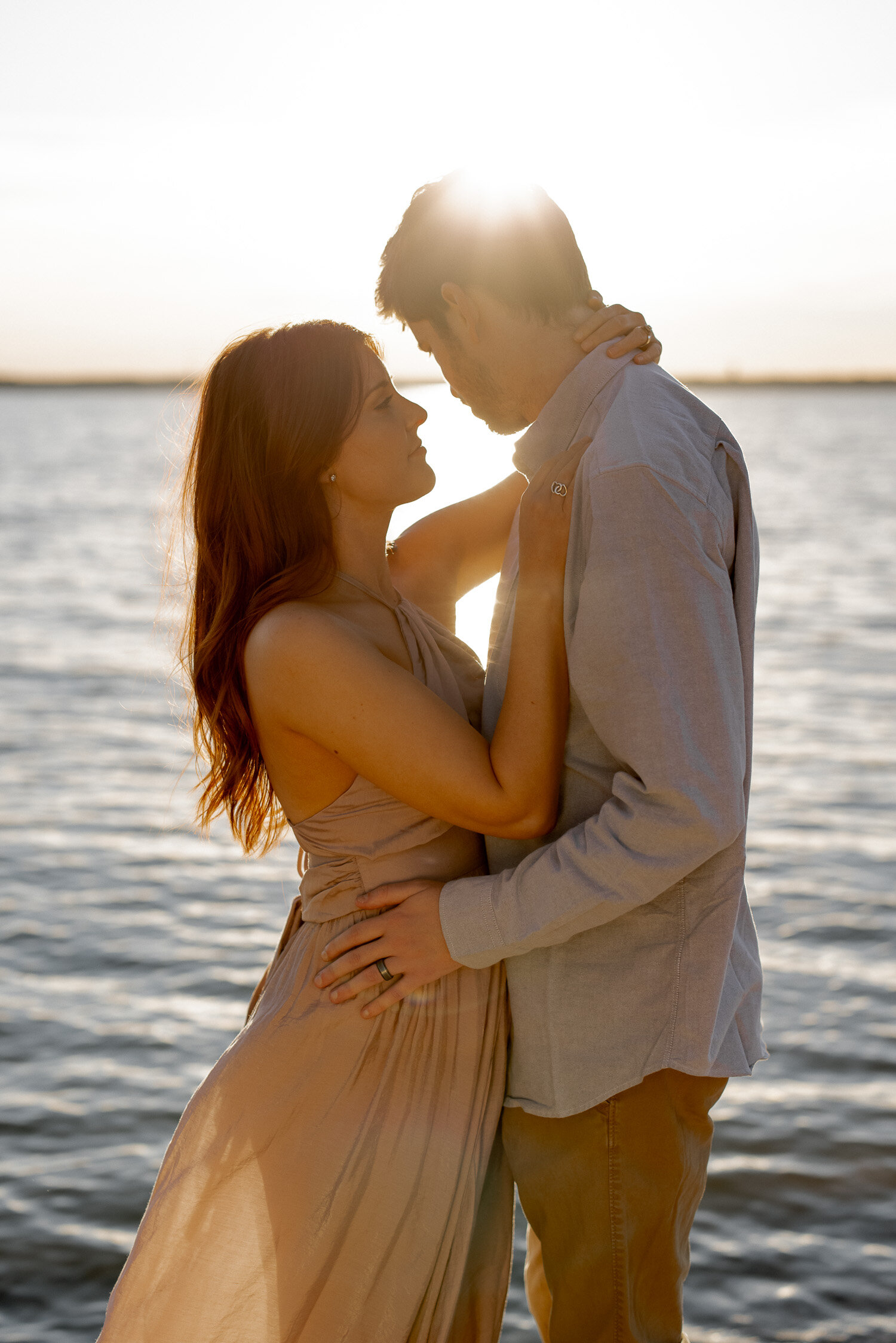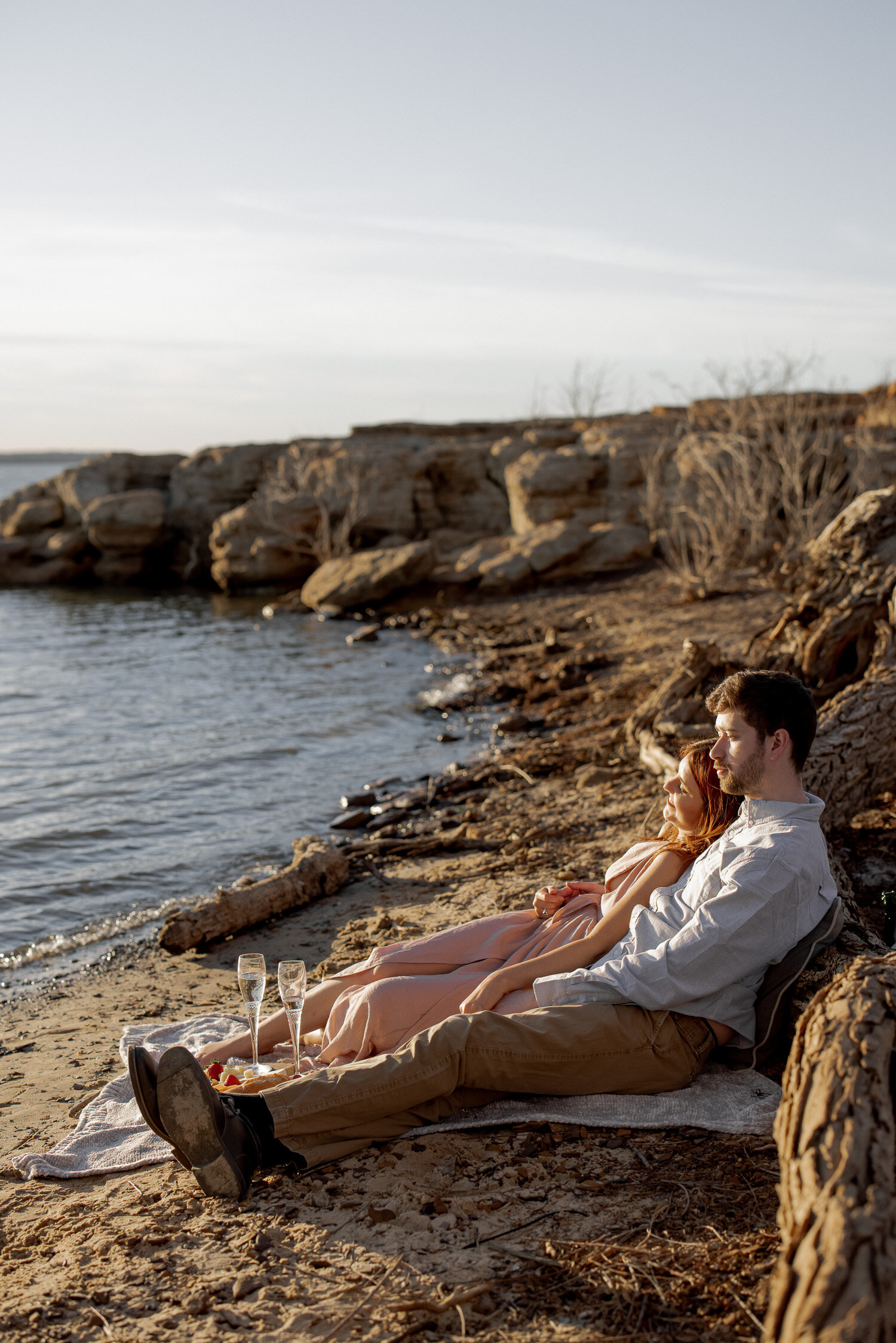Photography Storytelling in Blogger Sessions
Blogger Natalie Nguyen
I recently completed a couple of online workshops. (part of my always be learning philosophy) One was a Photography Storytelling Workshop taught by Finn Beales. In the workshop we are brought along as Finn shoots a campaign for Cool & Vintage. A company that restores old Land Rovers.
In the campaign Finn told the story of a surfer and surf board maker searching for the perfect surf spot using his Cool & Vintage Land Rover. You can see the images from shoot in his post ROAR LIKE THE OCEAN. SING LIKE THE SEA.
Stories are the real influencers. From fairy tales and legends to religious texts and political campaigns, it's the stories that capture us and the emotions they elicit that make the messages last. People remember stories. Shoot them well and they'll remember you. ~ Finn Beales
The other workshop was Storytelling for Success by fashion photographer Olivia Bossert. Olivia covers how to tell stories with fashion photography.
Without telling a story, your images are basically doing nothing. I know that sounds incredibly harsh, but it’s the truth. Your image might be beautiful, and it might be well composed, and beautifully lit... but if it doesn’t make anyone feel anything, it’s literally just adding noise in an already incredibly noisy world. ~ Olivia Bossert
Both workshops emphasized the power of stories in selling products. The best way to sell something is making a person feel that their life would be improved by it. Telling a story with photos is a great way to bring someone into a world where life is good with this product. Since the dawn of time, humans have loved a good story. It’s in our DNA. It’s our most natural form of communication.
So it got me thinking of how I could use stories in my work with bloggers by using the things I learned about storytelling with photography. Turns out these can be used by anyone to make the everyday cinematic. The following is some of what I learned in these workshops.
What is a story?
A good story needs STRUCTURE as opposed to a narrative, which is a simple sequence of events: Idid this, then I did that, then I went here. It has a beginning, a middle, and an end.
A good story has a THEME. Like discovery, adventure, romance, betrayal, mystery, escape, etc.
A good story has ATMOSPHERE. Related to theme, it provides ambience through characters, props, wardrobe, vehicles and so on.
And last, a good story needs SIMPLICITY. Don’t overcomplicate or weigh down your story with too much detail. Don’t say too much.
When telling a story with photography you need 3 main elements:
Location
Character
Event
Wedding photographers have an easier time with this. Characters are the bride and groom; location is the venue; and the event in the wedding.
But when you’re a lifestyle or brand photographer you need to do a little more work. The magic happens when the three elements combine.
The importance of shot type
Choice of shot type is critical to using images to tell a story. One camera angle in all images will not make an interesting story. Here are some key types of images.
Extreme long and long shot - set the scene or end the story
Medium and medium close - reveal character or emotion
Close-up & Cutaway - keeps audience connected or shows details or secondary actions
I have used some images from a session with blogger Natalie Nguyen to illustrate the shot types. These were shot at Mercat Bistro
Long shot - sets the scene
Medium close - reveals character or emotion
Close-up & Cutaway - keeps audience connected or shows details or secondary actions
Giving it a go
The best way to illustrate storytelling with images is to show you an example of a story I told using my images. I loosely followed examples from Finn’s workshop. This was my first attempt at shooting like this. Hoping I can improve as I continue to keep story in mind when I’m shooting.
Picnic at the Beach
Objective: Make a blogger session cinematic.
This was a session for blogger Reba Faye and her husband shot at Grapevine Lake
Establish
An extreme long shot establishes the setting of the story.
Intrigue
Medium shot begins to reveal a character and introduce an event.
Reveal
The event is revealed. A medium and a medium close up shot reveal that is a romantic picnic on the beach.
Involve and Engage
The first and second shot, both medium close shots, invite the viewer into the story. A cutaway close up birds eye view gives a different perspective and keeps the viewer engaged.
End
It’s time for the viewer to go and let them continue their private romantic picnic on the beach. The medium shot on the left conveys the emotion between these two. We glance back over the scene as we leave with the long shot of the couple reclining on same beach we began with.
Your turn
Now it’s your turn to make an everyday situation cinematic. I’d like for you to try to create an engaging photo story from an everyday occurrence using at least four different shot types. I you choose to take this challenge please let me know! Post your images on Instagram stories or use the carousel feature to post on your grid. Then let me know. You can tag me @katierosebraugh. Thanks for following along and have fun!
